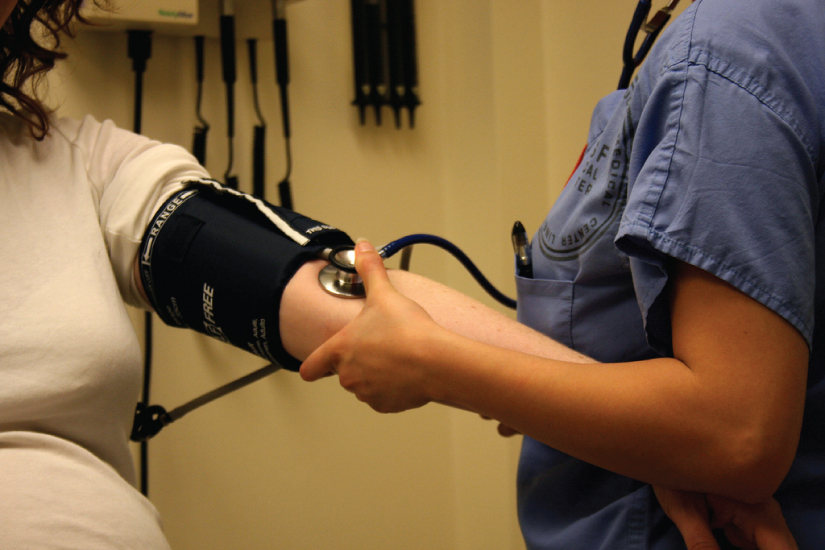
|

1.1 An introduction to the human body Read Online
1.2 The chemical level of organization Read Online

After studying this chapter, you will be able to:
Though you may approach a course in anatomy and physiology strictly as a requirement for your field of study, the knowledge you gain in this course will serve you well in many aspects of your life. An understanding of anatomy and physiology is not only fundamental to any career in the health professions, but it can also benefit your own health. Familiarity with the human body can help you make healthful choices and prompt you to take appropriate action when signs of illness arise. Your knowledge in this field will help you understand news about nutrition, medications, medical devices, and procedures and help you understand genetic or infectious diseases. At some point, everyone will have a problem with some aspect of his or her body and your knowledge can help you to be a better parent, spouse, partner, friend, colleague, or caregiver.
This chapter begins with an overview of anatomy and physiology and a preview of the body regions and functions. It then covers the characteristics of life and how the body works to maintain stable conditions. It introduces a set of standard terms for body structures and for planes and positions in the body that will serve as a foundation for more comprehensive information covered later in the text. It ends with examples of medical imaging used to see inside the living body.
Question: Parts of Thyroid gland
Choices:
Right lobe, Trachea, Isthmus, and Left Lobe.
Question: Disorder • Hypothyroidism – Pathophysiology
Choices:
• Reduced production of T4/increased TSH • Hyperplasia and hypertrophy of gland (stimulated by TSH)
Question: Disorder • Hypothyroidism – Definition
Choices:
• Decreased production and secretion of thyroid hormones and most common pathologic hormone deficiency • Cretinism – congenital; dwarfism and metal retardation in children • Adult: goiter Iodine deficiency
Question: Normal Anatomy and Physiology of the Endocrine System • Classification of Hormones – Format
Choices:
• Protein/peptides (major form) • Amines (rare, derivatives of tyrosine) • Steroids (sex hormones, derived from cholesterol)
Question: Other Endocrine Disorders • Hyperthyroidism – Definition
Choices:
• Excessive secretion of thyroid hormones
Question: Other Endocrine Disorders • Pituitary Disorders – Pituitary Tumors
Choices:
– Cushing’s Syndrome: hypercortisolism. Increased endogenous production from adrenal glands or use of synthetic steroids.
Question: Normal Anatomy and Physiology of the Endocrine System • Endocrine Function – Thyroid Gland
Choices:
• Located in neck • Controls metabolic rate • 2 iodine-containing hormones – Thyroxine – T4, less active form, produced in thyroid gland – Triiodothyronine – T3- more active (T4->?T3 is an enzymatic reaction taken place in anterior pituitary, liver and kidney; deiodinase is a selenium-containing enzyme).
Question: Normal Anatomy and Physiology of the Endocrine System • Classification of Hormones – Functions of major hormones
Choices:
• Reproduction and sexual differentiation (from sex organs) • Growth and development (e.g. from pituitary) • Energy homeostasis (e.g. pancreas) • Regulation of metabolism (e.g. thyroid hormone)
Question: Other Endocrine Disorders – Epidemiology and Etiology
Choices:
• Relatively rare in children • Graves’ disease- most common cause
Question: Normal Anatomy and Physiology of the Endocrine System • Endocrine Function – Pituitary Gland
Choices:
• Base of the brain • Anterior and posterior pituitary – Six hormones from anterior pituitary control the secretion of other hormones – Vasopressin and oxytocin: synthesized from hypothalamus. Stored at and secreted from posterior pituitary – Hormones are NOT secreted all the time
Question: Disorder • Hypothyroidism – Clinical manifestations
Choices:
• Subtle or no symptoms • Reduction in metabolic activity